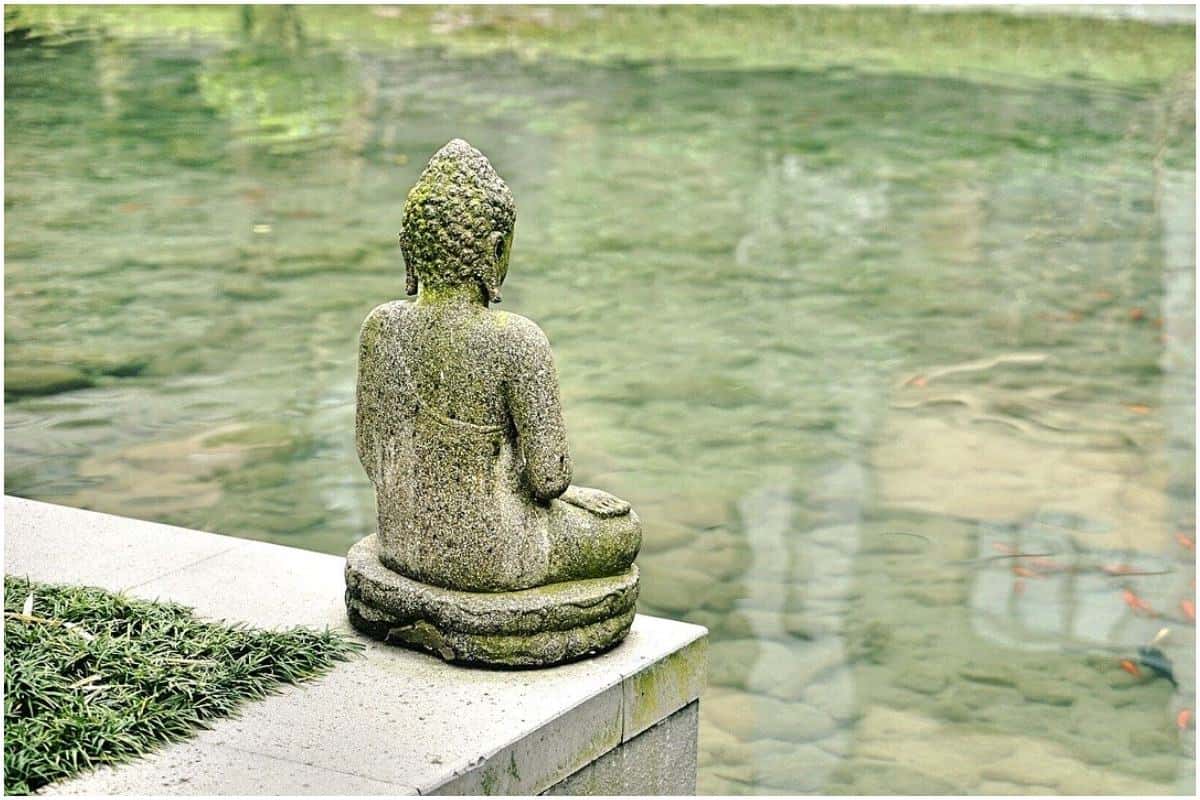What Are the Three Kinds of Suffering?
Introduction
Dukkha is a term found in ancient Indian literature, wherein it represents anything that is uncomfortable, suffering, difficult, uneasy, unpleasant, causing pain or sadness.
The Sanskrit word ”dukkha” is made up of the prefix ”du” and the root ”kha.”
Du represents “bad” or “difficult,” and Kha represents “empty.”
Within the Buddhist sutras, dukkha is divided into three forms of suffering:
#1 The suffering of suffering – Dukkha-dukkha
The suffering of suffering includes all the miseries of the lower realms, as well as the sufferings of old age, birth, sickness, and death in the higher realms, and also separation from what we hold dear, having to encounter what is undesirable, and not achieving what we want even after pursuing it.
This form of suffering also represents the emotional suffering that arises when you become frustrated that things don’t go your way or upset about life’s injustices, meeting others’ expectations, or worried about money.
#2 The suffering of change – Viparinama-dukkha
The suffering of change represents that no matter where we find ourselves, even if we are in the higher spiritual realms, whether in this world system or any other, and no matter how seemingly attractive and pleasurable our dwelling place, physical body, or sensory enjoyments, our present situation can not possibly remain as it is, but is bound to change, due to the fact of not being beyond the laws of impermanence.
This form of suffering means that even the most pleasurable things can cause you suffering when they start to change and pass away.
ALSO READ: Om Sahana Vavatu Sahanau Bhunaktu Mantra
#3 All-pervasive suffering of conditioning – Sankhara-dukkha
The all-pervasive suffering of conditioning is occasionally described as the suffering that comes from simply having the 5 skandhas (form, feeling or sensation, perception, formations, consciousness).
Additionally, it represents that through having a mind and body, there is always a subtle pervading sense of disease in your current experience.
This is the form of suffering we are most likely not to recognize, yet it is the most instructive when we do.
Arrogance, anger, pride, and greed are the causes of all-pervasive suffering.
After considering the three forms of suffering, it is clearly apparent that the life of a human being is full of suffering.
There is to be found ultimately satisfying or no lasting happiness in mundane pursuits and pleasures, as it is all subject to decay.
It is the desire for sensory pleasures which propels a sentient being through cyclic existence (samsara), as it predisposes the psycho-physical process towards action directed at the experience of agreeable sensation.
All worldly pleasures and favorable sensations experienced are merely palliative opiates that dull the pain of present existence without remedying the basic root source of the disease.
There should never be an expectation that temporal success and worldly pleasures will ever be satisfying. They should be seen truly for what they are, rather than what we would want them to be.
Image source – https://pixabay.com/photos/buddha-statue-pond-sculpture-1177009/
- About the Author
- Latest Posts
Irina is a co-founder and author at AwakeningState.com, an online magazine launched in 2016 that aims to expand consciousness every day. Offering eye-opening articles on a range of topics, Irina strives to provide unique insights into personal growth, covering areas such as spiritual awakening, health, lifestyle, nature, and science.

Thank you. More and more I return to the First Noble Truth. It has a lot of cogency for me. It does not require going to some mystical world; it is rooted in our social psychological experience of the phenomenal world itself. (No Kantian Ding-an-Sich type concept is required and not notion of a Supreme Being who “sees you when your sleeping …”) So it is very helpful to also have further clarification of the three “subtypes”. I have taught comparative religious studies and the socology of religion. My only problem with the Ideal Type Model (ITM) that we call “Buddhism” (a composite term) is that it tends to be associated with the ITM of “Patrimonial prebendal” rulership and notions of “legitimate authority” in society (Max Weber 1968 [1922] and his books Religon of China & Religion of India). The ideals of “citizenship” and the right to vote (the franchise) as well as the ideal of a possible “representative democracy” are not indigenously part of Buddhist traditions in South, East or Southeast Asia (at least not as far as I know). [I am J. I. (Hans) Bakker and NOT “Hans T. Bakker” (with whom I am often confused, e.g., on Academia.edu]